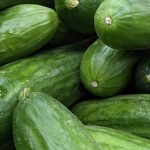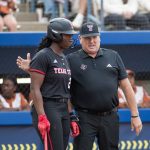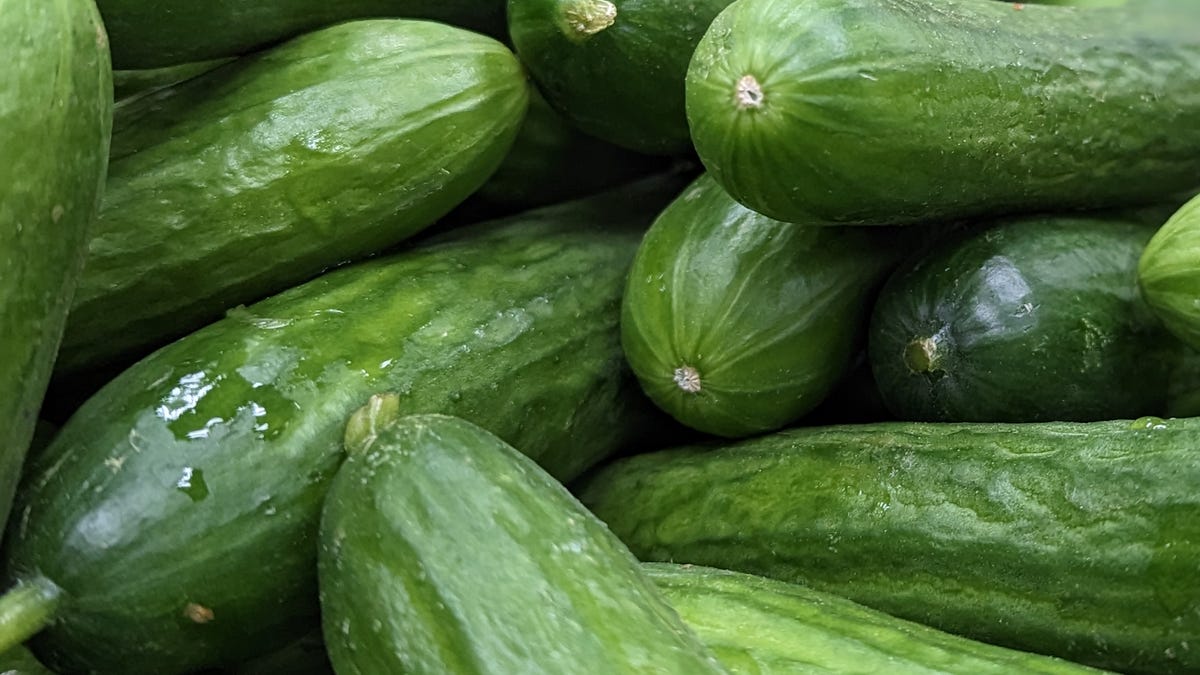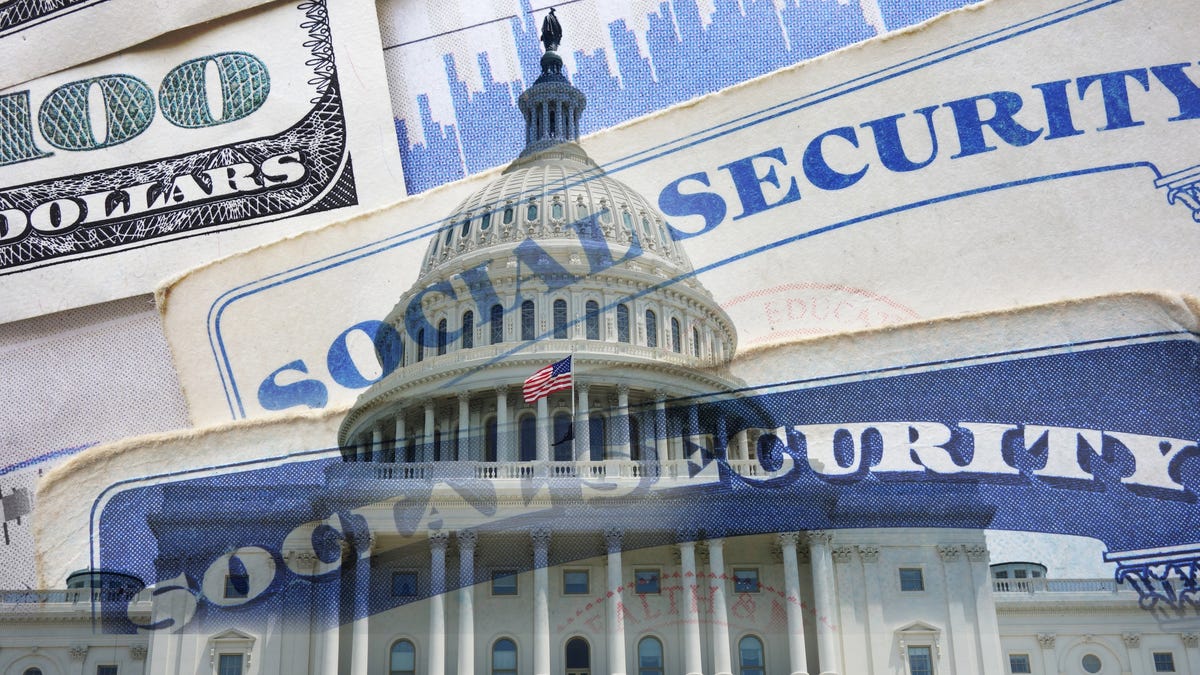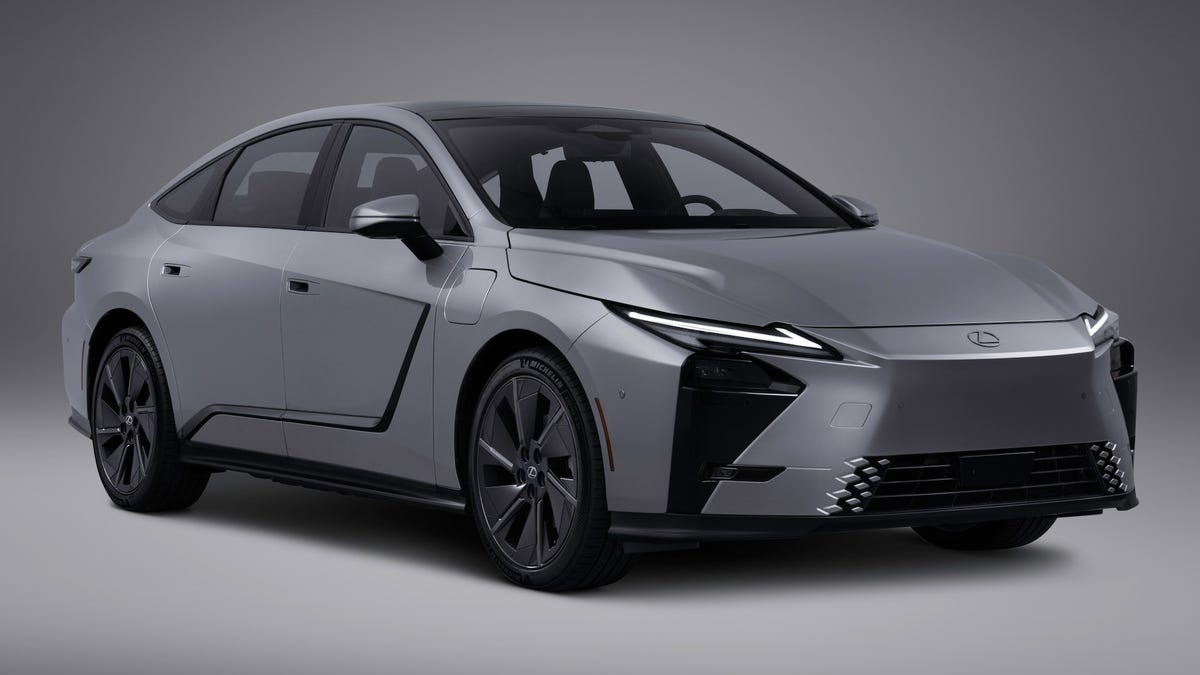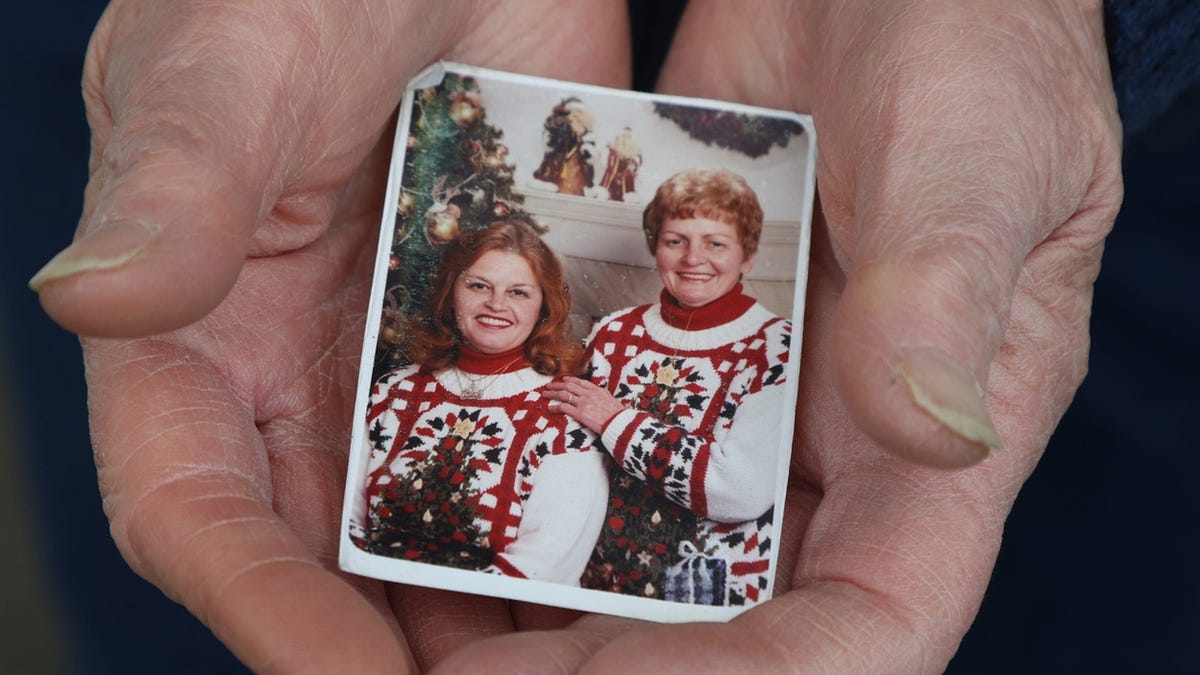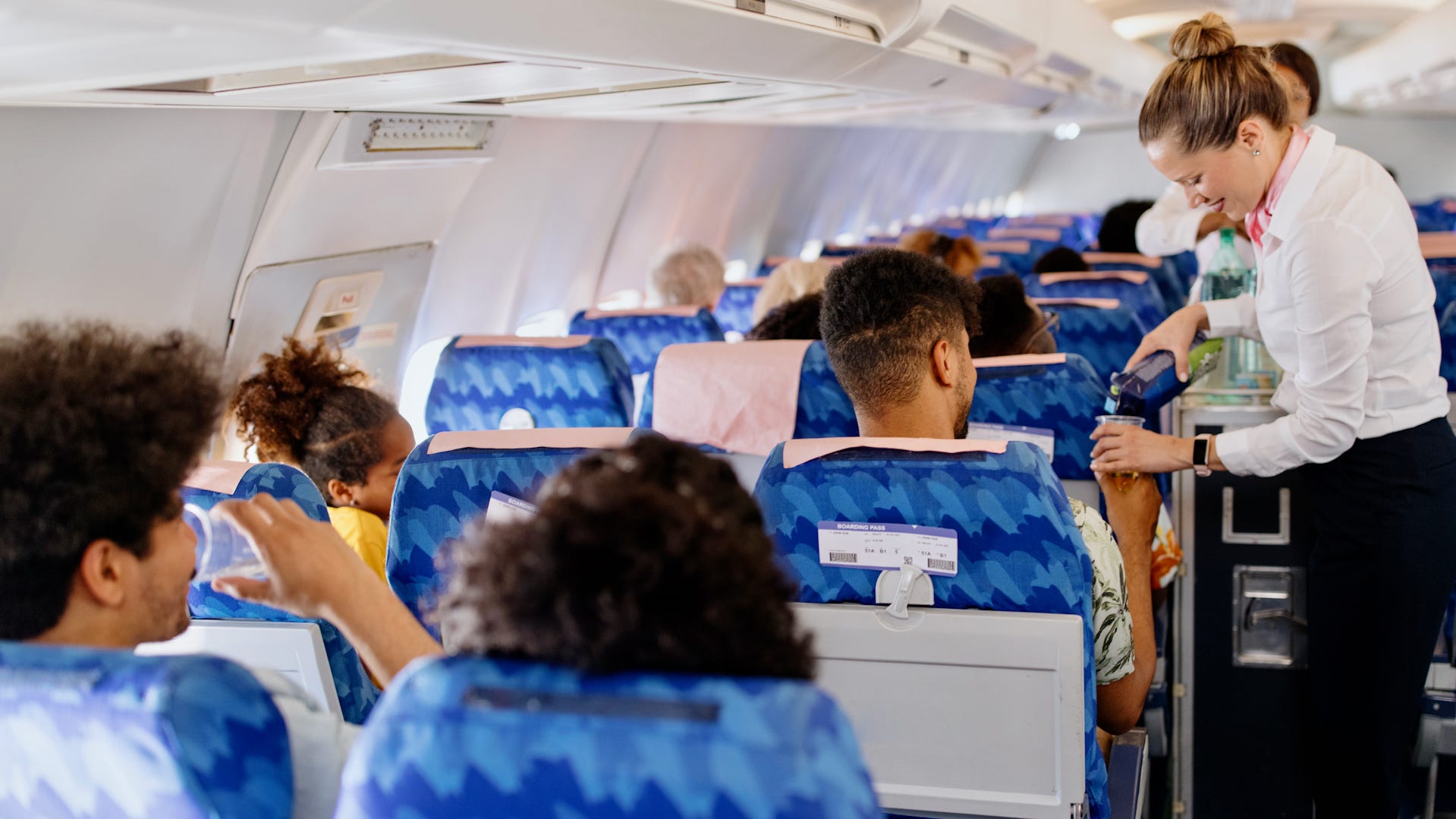
Debate over limiting alcohol service on flights gains attention | Cruising Altitude
Ryanair’s CEO has sparked debate by suggesting a strict limit on alcohol service at airlines and airports. Could this policy really take off?
Justin Brown purchased his first nonalcoholic beer last winter, after spotting a six-pack of Athletic Brewing Company cans on sale at his local grocery store in Salt Lake City.
Brown leads an active lifestyle filled with rock climbing, trail runs and chasing after his two kids, but the 37-year-old craft beer fan said he’s increasingly health conscious as he grows older. The Athletic Brewing Co. beer’s low calorie count – just 45 per can – was a major draw, along with having the chance to enjoy the taste of beer for less than 0.5% alcohol by volume.
Brown said he still enjoys his craft beers, but nonalcoholic beers have worked their way into the rotation.
“(It) has been top of mind as I grow into my late 30s, going to 40s, making sure I’m here for my children and taking care of myself,” Brown told USA TODAY while at a public pool, sipping on a nonalcoholic beer and watching his kids swim. “I think people, as millennials, we’re all trying to stay young, stay fit, stay healthy, and the nonalcoholic beer trend kind of fits within that ethos.”
It’s a trend taking off across global markets. Beverage industry analysis firm IWSR found nonalcoholic beer volume jumped 9% in 2024 despite a 1% dip in global beverage alcohol volume. At this pace, nonalcoholic beer is forecast to surpass ale as the second-largest beer category by volume worldwide this year, behind only lagers.
“I would have expected that as alcohol holistically struggles in this current climate, this nonalcoholic beer at the very least would slow its growth. And yet we’re not seeing that,” Marten Lodewijks, President of IWSR U.S., told USA TODAY.
As of 2024, nonalcoholic beer ranked No. 3 by IWSR by making up 2% of global volume, outranking wheat beers (1%) and stouts (1%). The beer faces a colossal gap below lagers, which is by far the largest beer category at 92% of global volume.
Nonalcoholic beer sales are up
Nonalcoholic beer sales have been on an upward trend since 2018, led by major markets like the U.S., Japan and Germany, according to IWSR data. Between 2019 and 2024, nonalcoholic beer volume in the U.S. grew 175%, propelling the country’s ranking from the category’s sixth-largest market to third-largest.
It’s gotten popular enough for Glen Fox, Anheuser-Busch endowed professor of malting and brewing sciences at the University of California, Davis, to add nonalcoholic beer to his teaching program this year.
“We’re brewing our own nonalcoholic beer for the students to look at, to get that experience,” Fox said. “We want to be sure that we understand the process, educate the new brewers, so that they have a good understanding before they go and get a job in the industry.”
Why is nonalcoholic beer becoming more popular?
Experts pointed to waning alcohol sales and growing health concerns as major drivers.
Former U.S. Surgeon General Dr. Vivek Murthy in January released an advisory warning of the direct link between alcohol consumption and increased cancer risk. That same month, advertising and sales measurement technology firm NCSolutions released a survey that found 49% of Americans planned to drink less in 2025, up from 41% in 2024.
With roughly 0.5% alcohol by volume among most brands, nonalcoholic beer has proved to be an appealing alternative. Especially as the messaging around nonalcoholic beer has shifted to broaden its appeal, according to Dave Williams, vice president of analytics and insight for Bump Williams Consulting, a Connecticut firm that specializes in the alcoholic beverage industry.
No longer is the drink viewed as the humdrum option for people who can’t consume alcohol, whether that’s because they’re in recovery or pregnant, he said.
“They broke down the stigma surrounding holding a nonalcoholic beer or beverage. … There is a whole crop of consumers out there that are showing interest in this nonalcoholic alternative,” Williams said. “Now, you can still enjoy beer, feel like you’re part of the moment, part of the group, part of the occasion, without having to incorporate any of your perceived objections or obstacles to the alcoholic side of it.”
And unlike regular beer, Lodewijks noted nonalcoholic beers can be sipped during a lunch break at work or – as demonstrated by Brown – public settings that are typically alcohol-free.
More variety has likely helped, with new entrants like Athletic Brewing Co., which launched in 2018, and nonalcoholic alternatives to most of the top beer brands, including Heineken 0.0 and Corona Non-alcoholic. Fox of the University of California, Davis, said the taste has also come a long way compared with nonalcoholic beers sold 50 years ago.
“The process at the time removed some flavor when they removed the alcohol,” he said. “But with the engineering and the way we can brew these now, that’s a thing of the past. There are really tasty, flavorsome, nonalcoholic beers.”
Fox warned that if choosing nonalcoholic beer, it’s better to buy canned or bottled. The alcohol in beer acts as a preservative that prevents the growth of microbes; with less alcohol, nonalcoholic beer served on draft can be more susceptible to spoilage and pathogens.
“You’re relying on the pub to keep their lines clean,” he said. “Be careful getting if you’re getting it off the tap. Ask questions about how old it is, when they cleaned their line.”
